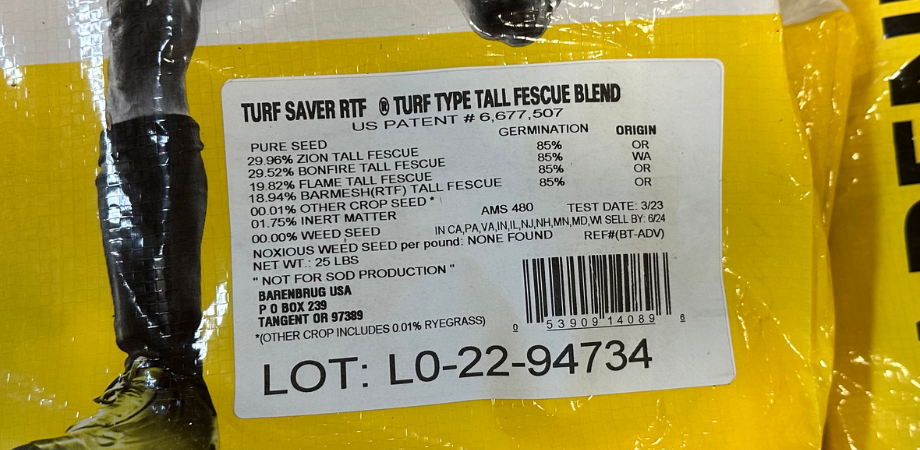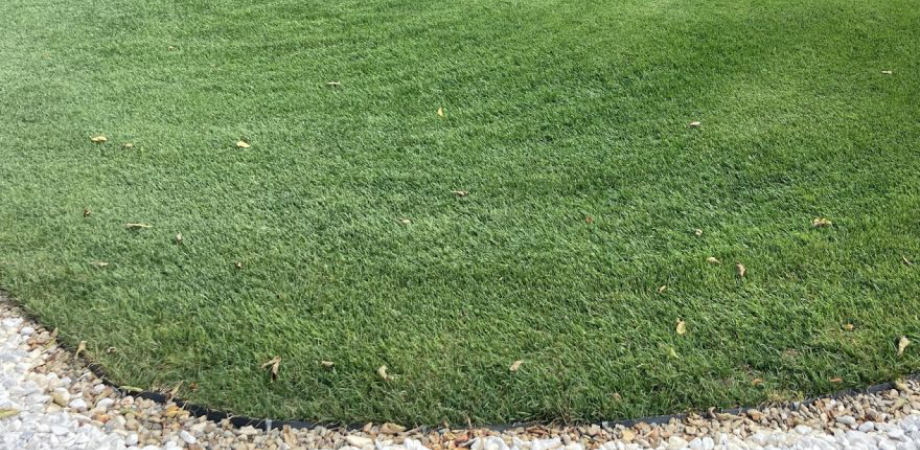Professionals recognize that even the most well-maintained infields can need help thanks to the forces of nature. Rainy and windy conditions cause infield migration, a term used to describe when infield material moves (or rather, is pushed) around by nature and ends up where it shouldn’t be. That material forms lips where the infield and turf meet and creates voids where players run and slide, both of which pose a threat to safety and playability.
Fixing the problem after a rain and/or wind event isn’t exactly an easy one. Filling in voids requires additional infield material—especially at position areas, which bear the brunt of the action. Removing lips takes time, too. It can be frustrating to spend the offseason putting together a picture-perfect field only to have it become a bit of a mess after just a few games, but while infield migration is bound to happen, we have a few ways to speed up the cleanup process.
By the end of this cleanup, three things need to be true for it to be a success:
- The surface is level and consistent
- The surface remains easy to maintain
- The field is ready for play in a short amount of time
A common practice after a rain event is to apply conditioner after opening the top surface and then drag until it’s playable. While this is certainly easier and cheaper than doing it right, your field’s grade will be negatively affected (due to deep dragging) and the profile will be harmed, too (due to too much conditioner).
Achieving a Migration-Resistant Field
Note the word resistant. No field is going to be migration-proof, but with sound moisture management practices and the right infield mix, you have the best chance of keeping it pristine and making cleanup a breeze.
Moisture Management
Determining the right amount of water is an art; Too much leads to slippery conditions, and too little leaves it arid and hard, leading to damage. Finding that sweet spot means achieving the corkboard effect, which means that infield material is compressed just right and maintains its structure when impacted by cleats, which will leave marks, not holes and footprints—much like a pin going into a corkboard. When the infield material reaches this state, it indicates consistent playability and will likely reduce the occurrence of injuries. The ball will also impact and bounce better, meaning playing conditions are better, too.
The Right Infield Mix
A lot of local infield mixes don’t quite nail the balance of sand, clay, and silt needed to retain moisture effectively. Getting the silt-to-clay ratio right, along with the right sand content, is key. Engineered soils are the best option since they offer tailored solutions for your field’s specific conditions. They do cost more, but they’re worth it since they ensure moisture levels are just right, ultimately saving time and money in the long run, and not just time prepping the field. Plus, Engineered soils reduce pore space, meaning your field holds onto moisture longer and gets your players back in the game faster.
Preventative Tips
Of course, sound infield maintenance practices are your first line of defense and can help prevent infield lips and holes/voids that can harm players (more on the specifics in the linked blog post), but those alone will not prevent damage from taking place.
- During multi-day breaks between games, bring infield conditioners in from the edges to prevent material from migrating onto the turf. Similarly, stripping the infield of conditioner during the off-season can help lessen the impact of migration. Look for infield conditioners that absorb moisture and reduce compaction well while also being reasonably priced, like ATS1000 and ATS2000.
- During longer breaks, be sure to check for and remove materials that daily upkeep might miss. Use compressed air or high-pressure water hoses to blow out settled conditioners from the grass, but handle these practices with care to avoid damaging the turf.
- Rolling the edges early and late in the season can improve the transition from dirt to turf, but find the right moisture balance for your field to avoid damage. If it’s too wet, rolling can harm the dirt and grass, and if it’s too dry, the dirt won’t compress properly. Be mindful of drought and heat, as they can increase the risk of damage during rolling.
A Safer, Easier to Manage Field
We mentioned plenty of the benefits of a migration-resistant field, but we’ll summarize. In short, when your moisture and mix are just right, your field stays playable for longer and needs less material replaced throughout the year. The field is also stiff yet malleable, meaning players stay safe from lips and other trip hazards, and rainouts become less of an issue. Overall, it means more time to play safely and less time spent worrying. Now that’s a win worth celebrating if there ever was one.
If you’re looking to reduce migration issues, contact your ATS rep, and they’ll walk you through how to achieve a safe, playable field—no matter the conditions.












